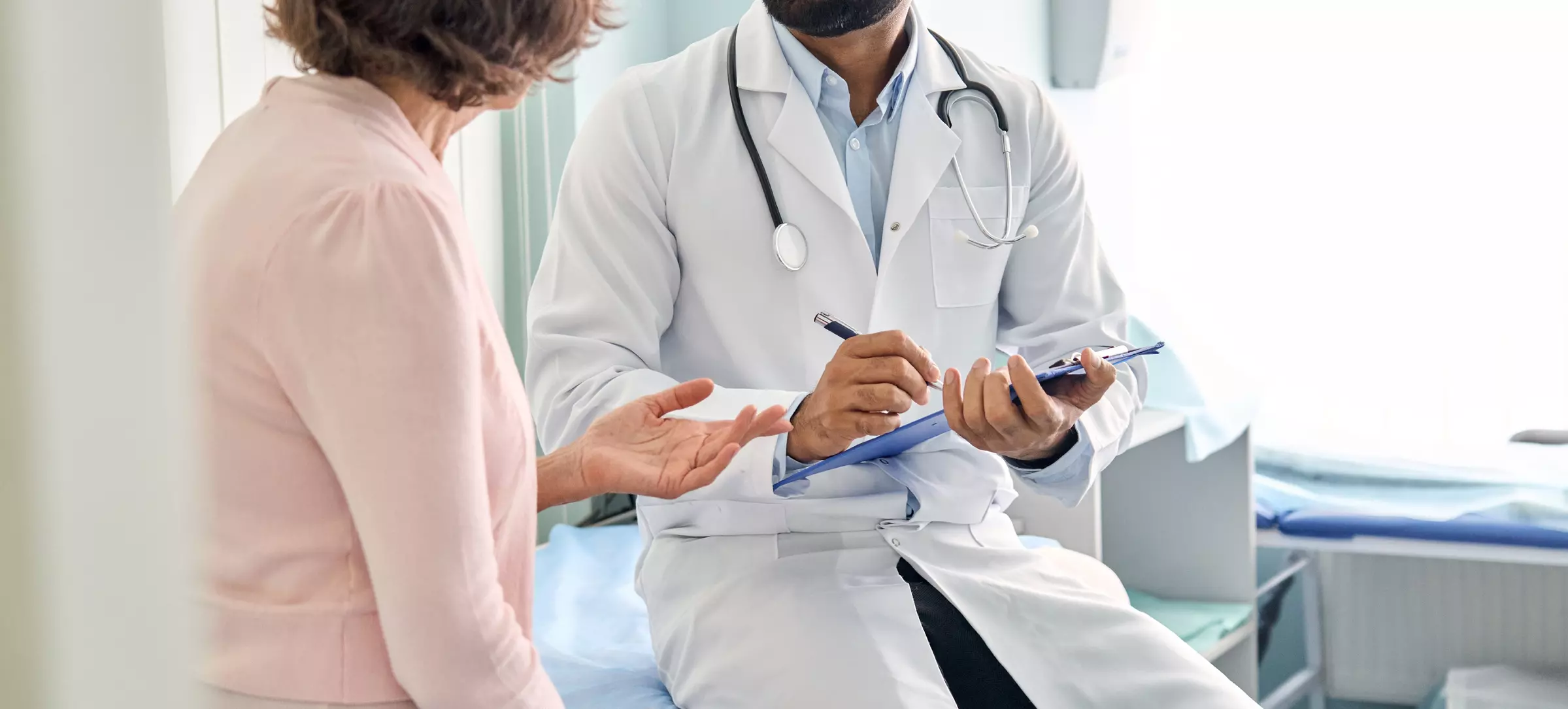Stem cells are an amazing component of the human body, since they can replicate themselves and can be used to help rebuild and regenerate old or defective tissues within the body. Stem cells can be obtained from humans in several different ways, but the two we’re going to look at today are those from adults (autologous) and those from infants (non-autologous). (1)
Stem cells from adults can be obtained from fatty tissue, bone marrow, blood, and even parts of the cardiovascular system; when obtaining stem cells from fatty tissue, that is usually done with a procedure like liposuction. However, getting a sample of stem cells from bone marrow can be very invasive and painful, and there’s a good chance of infection occurring after the procedure is finished. Stem cells obtained from blood samples have to go through some different steps in order to separate the types of cells within the blood, but it is not as invasive. (1)
Obtaining stem cells from infants is a bit different. These cells can be found in the umbilical cord, the placenta, and blood that is within the umbilical cord. A huge advantage to using these types of stem cells is that they don’t require any invasive procedures to get them, and there are no controversial issues with obtaining these non-autologous types of cells for use. (1)
So, what are the differences between these two sources of stem cells, and why is it important? Many studies have shown the contrasts between the adult and infant stem cell properties, which is vital information in knowing how they are used for repairing and rebuilding in donors. Most of the evidence available today is supporting the use of non-autologous stem cells, or the ones from the infant’s umbilical cord – mostly due to the fact that these cells have an increased ability to replenish themselves within the human body, as well as being able to live longer than those cells obtained from adults. (1)
It’s important to note why the rate of replenishment within these non-autologous cells is significant within the health fields – the quicker these cells can replicate themselves, the more of an impact they have when it comes to using them to rebuild tissues and repair segments within the human body. It’s been studied that these stem cells from umbilical cords can almost double the amount of times they can replicate, as compared to stem cells from an adult (1); this information in and of itself is huge, since it has the ability to transfer over into multiple areas in clinical settings as far as how advanced we can be with utilizing stem cells for tissue repair.
Along with the non-autologous cells being able to replicate quicker than adult cells, these stem cells are also shown to have the ability to play a role in decreasing inflammation, which is also a key factor when considering these cells are being used to repair and rebuild old or defective tissues in the body. The umbilical stem cells are able to have many more anti-inflammatory properties than adult stem cells, which makes them yet another step above the adult tissues. (2)
In what clinical ways would the anti-inflammatory properties of these non-autologous stem cells be useful? One major example would be through different surgical opportunities, especially orthopedic treatments. One of the goals within medicine is to get people back to health, hopefully with a positive experience and a positive outcome; many different improvements in technology are being able to help make this goal a possibility. Using stem cells such as the ones found in umbilical cord tissue have been shown to help rebuild tissue quickly, which in turn is helping the overall healing process of the patient. (3)
These umbilical cord stem cells have been studied for use within joints in the body, specifically with the rotator cuff, ACL replacement and reconstructions, and different cartilage injuries. There are many benefits noted with using non-autologous stem cells with these areas of the body, to both increase healing as well as reconstruct tissue that was once damaged or defective. With this sort of upcoming technology at our fingertips, it’s hopefully only a matter of time before stem cell treatments can improve or even take the place of the regular reconstructive surgeries that are performed nowadays for injury and repair. (3)
There is still so much to learn in regards to how to use these stem cells and just what their capabilities are within the human body; however, it’s clear that using the umbilical cord tissues and cells, or the non-autologous, are the way to go in regards to replicating quickly and being more resilient. There was once a time and place for the adult-based stem cells, or the autologous, but forward medicine and thriving technology are leading us in the direction of stem cells that can heal and repair much quicker.
(1) Hass, R., Kasper, C., Böhm, S., and Jacobs, R. (2011). Different populations and sources of human mesenchymal stem cells (MSC): A comparison of adult and neonatal tissue-derived MSC. Cell Communication and Signaling: CCS, 9, 12. doi:10.1186/1478-811X-9-12
(2) Jin, H. J., Bae, Y. K., Kim, M., Kwon, S. J., Jeon, H. B., Choi, S. J., … Chang, J. W. (2013). Comparative analysis of human mesenchymal stem cells from bone marrow, adipose tissue, and umbilical cord blood as sources of cell therapy. International Journal of Molecular Sciences, 14(9), pp. 17986–18001. doi:10.3390/ijms140917986
(3) Murrell, W., Anz, A., Badsha, H., Bennett, W., Boykin, R., and Caplan, A. (2015) Regenerative Treatments to Enhance Orthopedic Surgical Outcome. American Academy of Physical Medicine and Rehabilitation, 7(4 Suppl): pp.S41-S52. doi: 10.1016/j.pmrj.2015.01.015.








